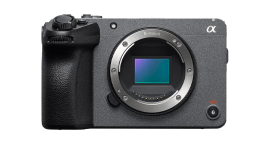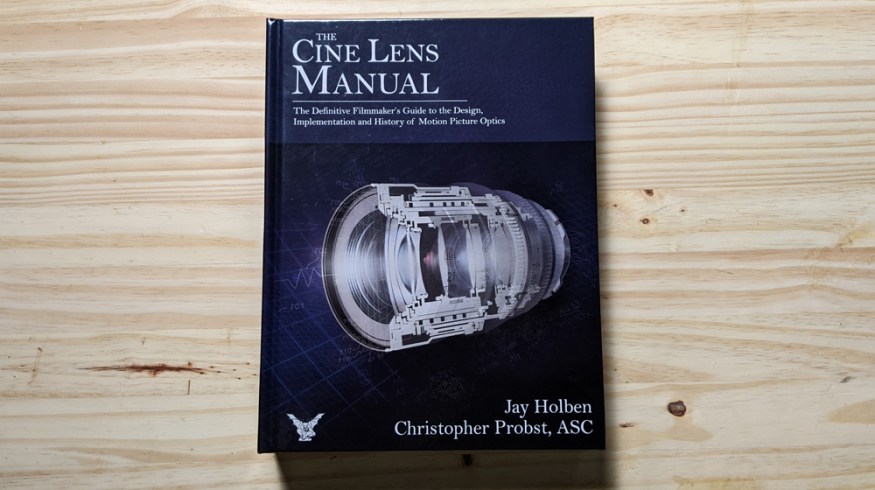
The Cine Lens Manual – A Must-Have For Cinematographers
An actual treasure trove of knowledge. The Cine Lens Manual contains history, basics, and all the technical specs you’ll need to know to become a master cinematographer.
Ok, so we’ve covered a number of books here on the blog, from annual roundups to specified lists. But this book? This book might be the best of them all.
A foreword from cinematographer Greig Fraser best describes this comprehensive textbook of a manual:
This is a truly important text. There is so much information in this book covering over 200 years of optics development, and while the size of this book may be daunting, it’s reflective of the wealth of information out there about cinema lenses and what we, as filmmakers, should know regarding one of the most important creative tools we can employ: our lens. With the choice of lenses, formats and cameras at an all-time high, this book has helped me to narrow down my own creative choices for my projects.
Greig Fraser, ASC, ACS – The Cine Lens Manual
The Cine Lens Manual is a multi-year passion project from Jay Holben and Christopher Probst, ASC. Holben is an independent director and producer—you may recognize him for his work at American Cinematographer magazine or ShareGrid’s ultimate lens tests. Probst is also an editor for American Cinematographer and still works as a cinematographer on series like Mindhunter, plus countless music videos for the likes of Eminem, Taylor Swift, Billie Eilish, Ariana Grande, Lana Del Ray, and Janet Jackson.
What’s Inside This Manual?
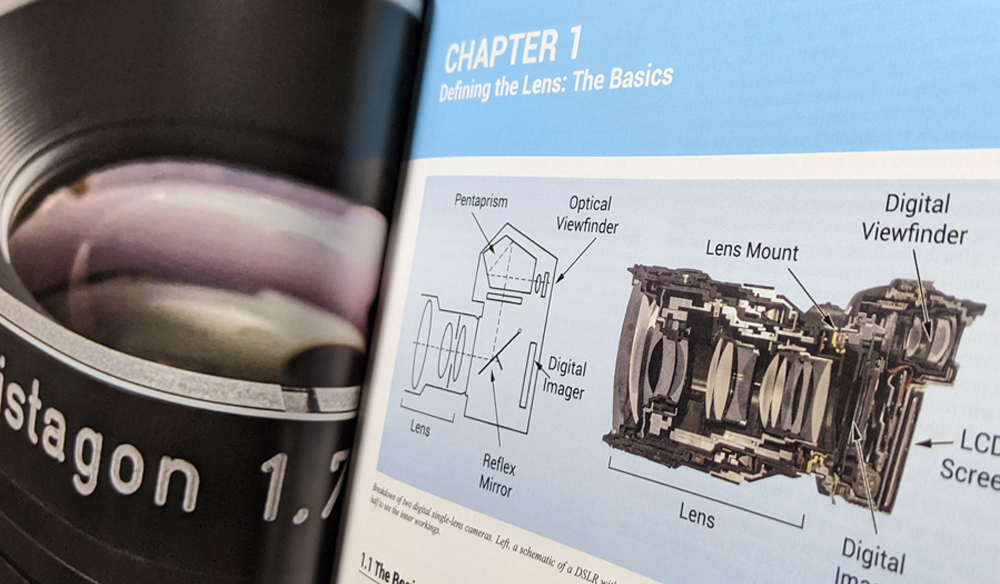
This manual is divided into 9 main chapters that cover a variety of topics related to lensing a camera, visual storytelling, and general filmmaking advice.
- Chapter 1 – Defining the Lens: The Basics
- Chapter 2 – Defining the Lens: Optical Concepts
- Chapter 3 – Crafting the Lens: Optical Designs in Action
- Chapter 4 – Crafting the Lens: Mechanical Designs
- Chapter 5 – Capturing the Lens: The History and Evolution of Cinematographic Formats
- Chapter 6 – Utilizing the Lens: The Origination and Evolution of Cine Lens Designs
- Chapter 7 – Modifying the Lens: Customizations and Alterations
- Chapter 8 – Evaluating the Lens: Testing and Qualifying Lenses
- Chapter 9 – Maintaining the Lens: Service and Care
What Will You Learn?
Oh man, what will you not learn? This book covers just about every single thing you need to understand about cine lenses, and it does so in a way that most can comprehend. I’m not terribly good at math or certain intricate technicalities of glass, but I found myself engrossed with this book.
Obviously, the book covers the types of lenses; primes, zooms, still lenses, adapted lenses, rangefinders, broadcast/ENG, and Medium Format. But it’s the care they go into explaining each of these types to build the foundational knowledge at the beginning of the manual to allow you to really dive deeper into your cine lens choices.
One of my favorite aspects was the references to films shot on particular glass or series of lenses used. You normally have to search the depths of IMDb, DP interviews, or Shot on What to find these nuggets. There is even a quick portion on films shot nearly entirely on one lens, like The Wrestler’s 12mm Arri/Zeiss ultra 16 Prime, or Psycho‘s 50mm Baltar.
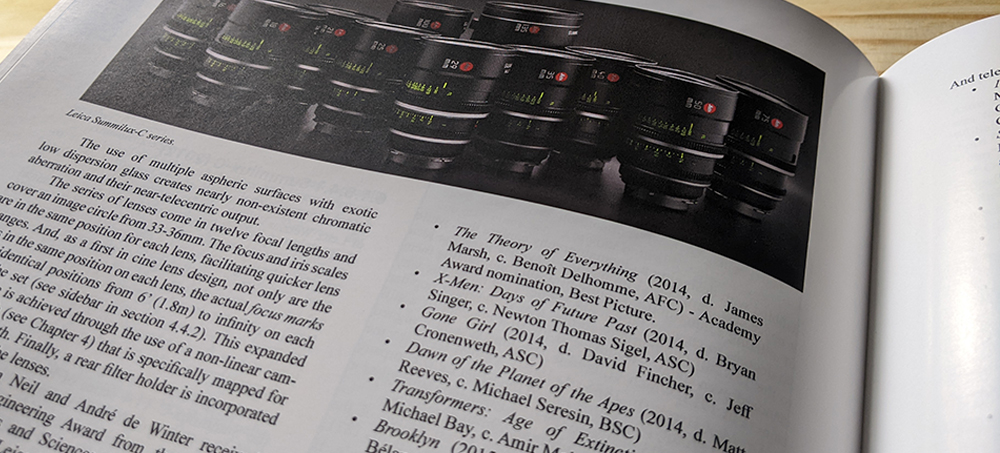
After learning the basics, you’ll learn about how lenses work on their own and with the camera, intricate details of glass and color, as well as bokeh.
The real meat and potatoes of this book are the breakdowns of cine lenses so you can find the lens or lenses you are looking for. Most lenses offer a brief history of their release, as well as references to films each of them captures. For example, Panavision Primo Zooms (1988) captured 75% of the film Casino and the Arri Signature Primes (2018) were used by Roger Deakins on 1917.
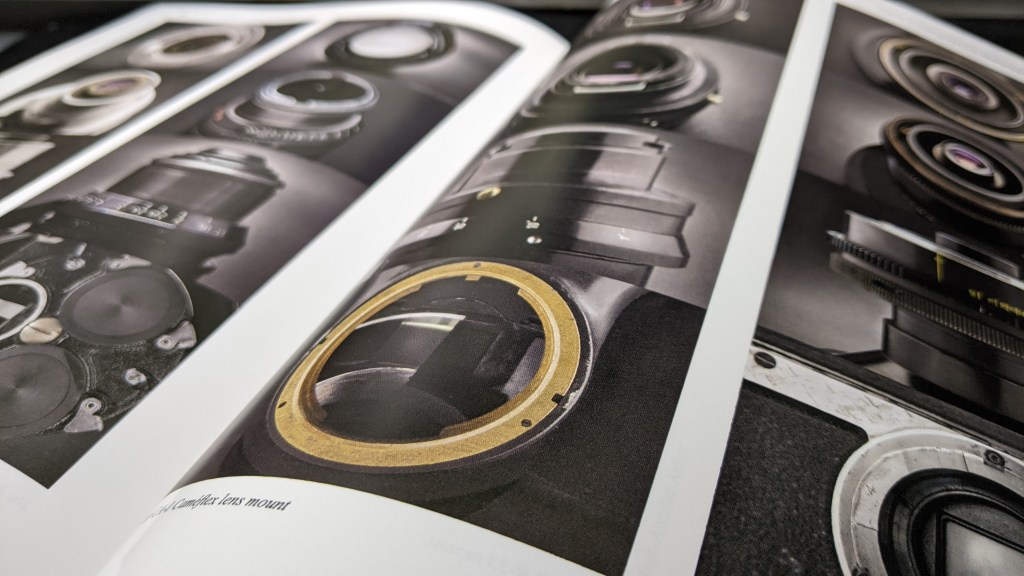
The tail end of the book covers customizations and alterations like lens rehousing and tuning. It also covers the testing process so you can properly and accurately evaluate a lens.
I know that personally, I will take the time to study films, reference this book for available information on the specific lenses used, and look for references to other films I can watch to better understand how these lenses are used in the hands and various master cinematographers.
Where to Order a Copy
The Cine Lens Manual is available now for $175. My order came out to about $200 USD with shipping. Is that a steep price to pay? Consider the price of your average college textbook and you’ll realize quickly that you have the equivalent, if not more information you’d ever get in one of those books.
The book is available via cinelensmanual.com as well as limited copies in the American Cinematographer store and on B&H.
More Filmmaking Books Worth a Read
- 11 Filmmaking and Production Books Every Creative Mind Should Read
- 101 Filmmaking Tips & Tricks: a FREE Filmmaking eBook
- Five Photography Books to Inspire Raw Cinematography
- 7 Free Filmmaking Books and Guides
- The Essential Back Film School Reading Guide + 3 Free EBooks
- 7 Must-Have Books for Every Screenwriter’s Library


